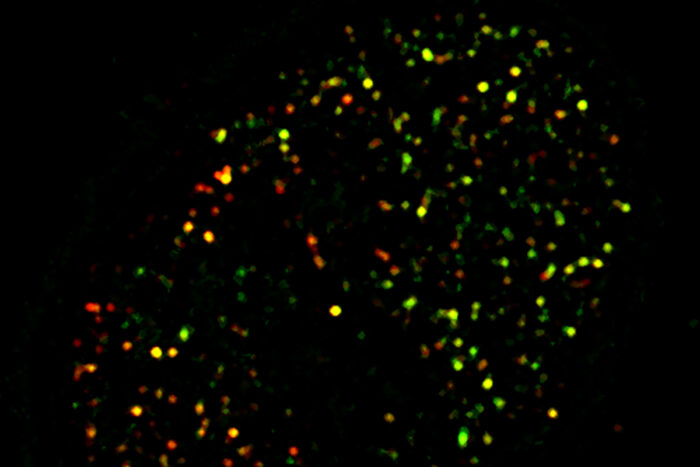
Researchers describe a key player in the defense mechanism that safeguards against excessive insulin in the body, which can be as harmful as too little. Just over a century has passed since the discovery of insulin, a time period during which the therapeutic powers of the hormone have broadened and refined. Insulin is an essential treatment for type 1 diabetes and often for type 2 diabetes, as well. Roughly 8.4 million Americans use insulin, according to the American Diabetes Association.
One hundred years of research ...
Read More









Recent Comments